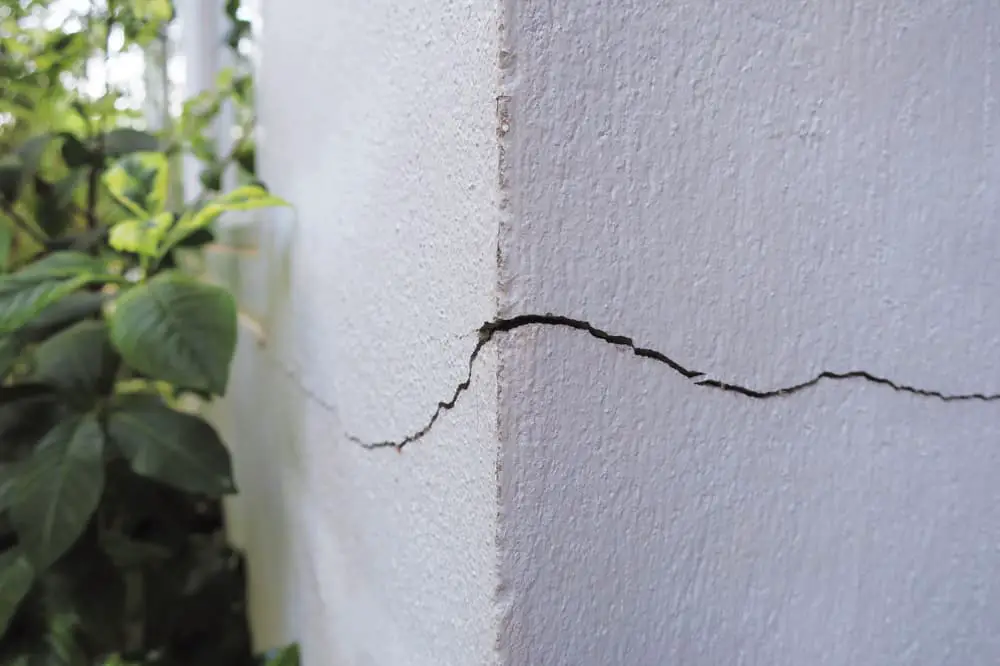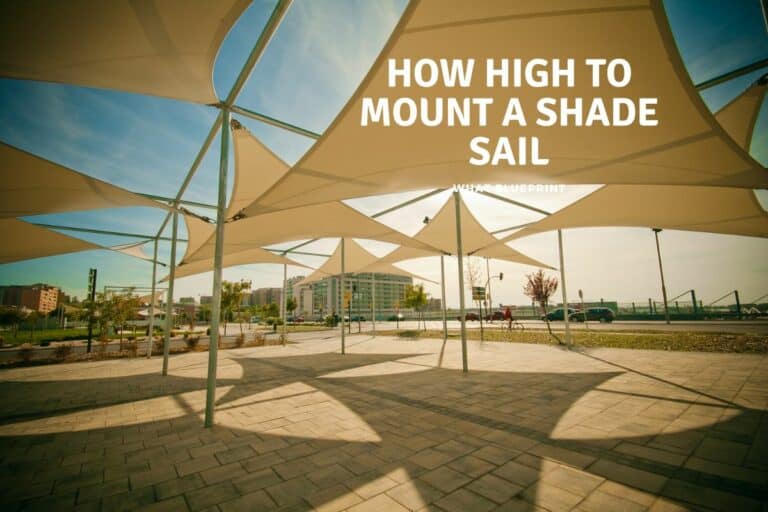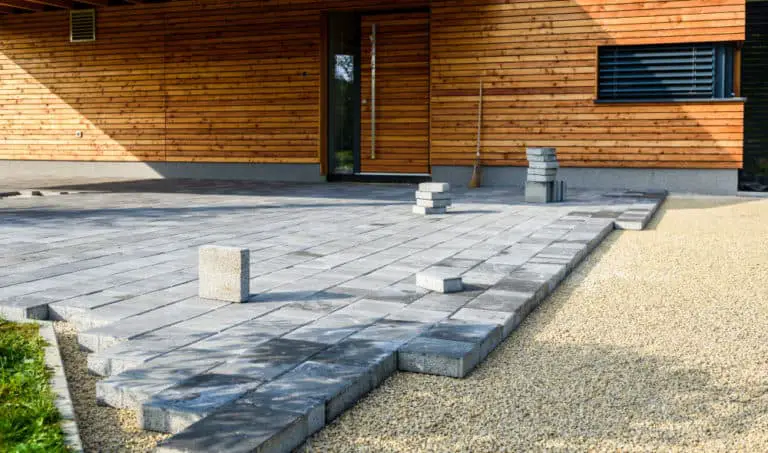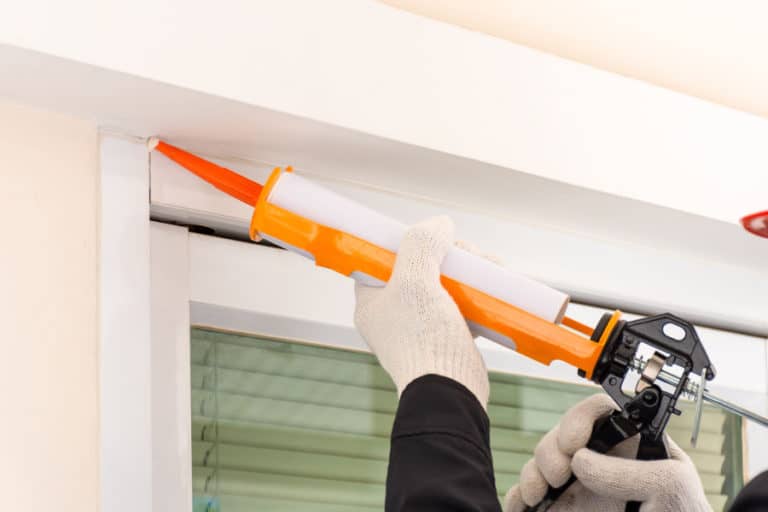How Long Should Concrete Last Before Cracking?
The most commonly used material in construction is concrete. It’s cheap, easy to make, and durable enough for years of use. However, concrete can crack when it undergoes temperature changes or other forces that affect its shape.
The average lifespan of concrete is 50 years before it starts showing signs of deterioration. Concrete exposed to severe conditions, like extremes of temperature or frozen ground water will have a shorter lifespan than slabs installed in more ideal locations.
Many factors contribute to how long concrete lasts, such as water, air content, weather conditions, and more. This article looks at how long concrete lasts before cracking and the factors that can reduce its lifespan.
What Factors Determine How Long Concrete Lasts?
It’s essential to consider the average lifespan of concrete when deciding on the best location for installation. Several factors contribute towards this and the most important ones include the following.
The materials used in concrete
The materials used in the concrete are significant when determining what factors affect how long it will last. The longevity of concrete can vary significantly based on what materials and the quality of the materials it contains.
Weather conditions
Concrete is a very porous substance and needs to breathe to avoid deterioration. The more porous the concrete, the less likely it is to crack. Exposure to the sun and strong winds can cause problems as it expands and contracts.
Amount of traffic
The amount of foot traffic in an area can play a role in how long concrete lasts before cracking. More use can lead to faster deterioration and potential damages. If you notice cracks in your driveway or sidewalk, contact a professional for help with repairs immediately.
Exposure to chemicals
Chemicals that permeate the concrete can speed up how quickly it degrades. It is important to keep concrete clean and limit exposure to chemicals, salts, de-icing agents, etc.
How well the concrete was mixed and poured
How well concrete is mixed and poured can play into how long it lasts. A poor mixture increases the chances of cracks developing sooner rather than later.
Water content in concrete is vital
When concrete is too wet, it tends to crack more frequently. If the water content increases, the concrete will not have a long lifespan.
Too much moisture
Excess moisture can cause deterioration, cracking, and even mold growth. The ideal amount of moisture in the concrete is about 7%. If this number drops much below or rises much above this, it can be dangerous for the slab. To prevent future cracking problems, make sure your foundation slopes away from the house at least 6 inches every 10 feet.
How Do I Keep Concrete From Cracking?
It is possible to repair concrete, but it is much better to take the necessary precautions to ensure that it will last for as long as possible. When preserving concrete, it is imperative to take several steps. We have highlighted these below.
Avoiding Direct Sunlight
When exposed to the sun, concrete begins to expand and contract at different rates. This can lead to fractures forming in the slab. Although not always possible, keeping the sun off of the concrete is the best way to prevent this.
Using Waterproofing Sealants
Another way to keep concrete from cracking is by using waterproofing sealants. These sealants will help to prevent water from eroding the concrete. Use an acid-based sealant on all new concrete surfaces to protect against corrosion.
Keep concrete clean
It is important to keep concrete clean and free of debris, chemicals, etc. If these substances remain on the concrete, they can speed up how quickly it degrades.
Using a dehumidifier
Another way to keep concrete safe and intact is by using a dehumidifier. A dehumidifier will prevent the concrete from drying out too much, which can cause cracks to develop.
Keeping concrete insulated
Concrete surrounded by other substances like dirt and water will be less likely to crack because there is less exposure to the elements.
Do not use concrete that is too thin
The thickness of the concrete you use is significant. Using a concrete slab that is too thin can lead to the concrete deteriorating over time becoming brittle and prone to cracking.
Repairing concrete that is already cracked or damaged
As far as repairing damaged concrete is concerned, there are a few steps that you can take. First, the concrete needs a thorough cleaning of any debris or chemicals that are on it. Next, new concrete should be applied. For substantial cracks, steel rebar needs to be placed on the inside of the gap and then filled with new concrete.
Use a mixture of coarse and fine aggregates
It is best to use a mixture of coarse and fine aggregates when mixing concrete. Using sand for your coarse aggregate is best because it will give you the most rigid and strong concrete.
Reinforce concrete with rebar or fiberglass mesh
Many homeowners use concrete that contains both fiberglass mesh and rebar. However, if the concrete isn’t reinforced, it can crack over time due to expanding and contracting under traffic pressure.
Layering concrete in your yard
Layering concrete in your yard can help to prevent damage. The first layer of concrete should be a smooth strength. After this, layer over the first layer with a rough-strength concrete. Cover both layers with a 1-inch aggregate.
Using color hardeners to strengthen concrete
Adding a color hardener can also help to strengthen concrete. Color hardener contains pigments that will make the concrete tougher and more resistant to cracking.
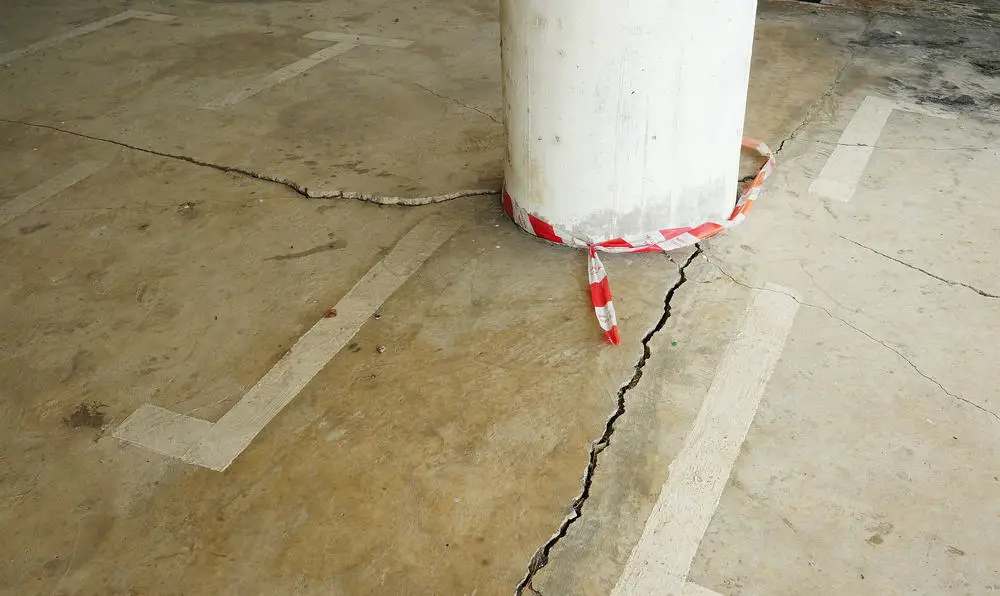
How Thick Should Concrete Be To Avoid Cracking?
Over time, concrete thins out, which can cause cracks to appear. Make sure that your concrete is at least 3 inches thick to prevent this from happening. Also, do some research and use a mixture of coarse and fine aggregates.
Is It Common for Concrete to Crack?
While some concrete doesn’t crack, a lot of it does. If you notice that your slab is starting to crack, don’t worry. As long as you take the necessary precautions with your concrete, it will last for a long time without cracking.
How Do You Know If Concrete Is Damaged?
The concrete looks unstable
If it has a wave to its surface, if the color is bleeding out, or if it changes colors as you walk on it. Cracks that are vertical or have another crack intersecting with them are also signs that the concrete needs repair.
The concrete is too soft
If the surface feels too spongy, it has fragmented or changed colors. If the concrete is so soft that you can make an impression with your finger, it could also signify that the concrete is starting to deteriorate.
Causing water damage
If the concrete is causing water damage to surrounding areas, if it has ripples in it or if there are air bubbles in the surface, that’s a sign your concrete is deteriorating.
The concrete is spalling
Spalling is when the surface of your concrete starts to crumble or come off. It is an easy enough fix, but you should do it as soon as possible because otherwise, it will begin to weaken the strength of your concrete.
The concrete is cracking
If the concrete has hairline cracks, is starting to crumble and fall apart, or if there are bumps on the surface, that means it is damaged, and it’s time to call the experts.
How Much Does Concrete Cost Per Yard?
Concrete prices can vary depending on where you live and what type of contractor is doing the work. On average, though, a yard of concrete will cost around $100. If you do the work yourself it will be considerably cheaper, however hiring a professional can give you peace of mind.
Conclusion
Concrete is a common choice for driveways, patios, and other outdoor slabs. However, concrete does have a limited lifespan. If cracks and breakages occur, it is best to replace your concrete as soon as possible or seek professional advice.

